Newly Discovered Fossil Footprints from Grand Canyon National Park Force Paleontologists to Rethink Early Inhabitants of Ancient Deserts
May 15th, 2019
(Grand Canyon, Arizona) - An international team of paleontologists has united to study important fossil footprints recently discovered in a remote location within Grand Canyon National Park, Arizona. A large sandstone boulder contains several exceptionally well-preserved trackways of primitive tetrapods (four-footed animals) which inhabited an ancient desert environment. The 280-million-year-old fossil tracks date to almost the beginning of the Permian Period, prior to the appearance of the earliest dinosaurs.
The first scientific article reporting fossil tracks from the Grand Canyon was published in 1918, just a year before the park was established as a unit of the National Park Service. One hundred years later, during the Centennial Celebration for Grand Canyon National Park, new research on ancient footprints from the park is being presented in a scientific publication released this week. Brazilian paleontologist Dr. Heitor Francischini, from the Laboratory of Vertebrate Paleontology, Federal University of Rio Grande do Sul, is the lead author of the new publication, working with scientists from Germany and the United States.
Francischini and Dr. Spencer Lucas, Curator of Paleontology at the New Mexico Museum of Natural History & Science in Albuquerque, New Mexico, first visited the Grand Canyon fossil track locality in 2017. The paleontologists immediately recognized the fossil tracks were produced by a long-extinct relative of very early reptiles and were similar to tracks known from Europe referred to as Ichniotherium (ICK-nee-oh-thay-ree-um). This new discovery at Grand Canyon is the first occurrence of Ichniotherium from the Coconino Sandstone and from a desert environment. In addition, these tracks represent the geologically youngest record of this fossil track type from anywhere in the world.
Ichniotherium is a kind of footprint believed to have been made by an enigmatic group of extinct tetrapods known as the diadectomorphs. The diadectomorphs were a primitive group of tetrapods that possessed characteristics of both amphibians and reptiles. The evolutionary relationships and paleobiology of diadectomorphs have long been important and unresolved questions in the science of vertebrate paleontology.
Although the actual track maker for the Grand Canyon footprints may never be known for certain, the Grand Canyon trackways preserve the travel of a very early terrestrial vertebrate. The measurable characteristics of the tracks and trackways indicate a primitive animal with short legs and a massive body. The creature walked on all four legs and each foot possessed five clawless digits.
Another interesting aspect of the new Grand Canyon fossil tracks is the geologic formation in which they are preserved. The Coconino Sandstone is an eolian (wind-deposited) rock formation that exhibits cross-bedding and other sedimentary features indicating a desert / dune environment of deposition. Therefore, the presence of Ichniotherium in the Coconino Sandstone is the earliest evidence of diadectomorphs occupying an arid desert environment.
According to Francischini, "These new fossil tracks discovered in Grand Canyon National Park provide important information about the paleobiology of the diadectomorphs. The diadectomorphs were not expected to live in an arid desert environment, because they supposedly did not have the classic adaptations for being completely independent of water. The group of animals that have such adaptations is named Amniota (extant reptiles, birds and mammals) and diadectomorphs are not one of them."
Lucas also notes that "paleontologists have long thought that only amniotes could live in the dray and harsh Permian deserts. This discovery shows that tetrapods other than reptiles were living in those deserts, and, surprisingly, were already adapted to life in an environment of limited water."
During 2019, in recognition of the Grand Canyon National Park Centennial, the National Park Service is undertaking a comprehensive paleontological resource inventory for the park. A large team of specialists in geology and paleontology will participate in fieldwork and research to help expand our understanding of the rich fossil record for Grand Canyon National Park.
For more information on Grand Canyon National Park’s Centennial anniversary and a full list of events please visit, go.nps.gov/2019_events.
Media Contacts:
National Park Service:
Contact: Vincent L. Santucci, 202-359-4124
About the New Mexico Museum of Natural History & Science: http://www.nmnaturalhistory.org.
The New Mexico Museum of Natural History & Science is a division of the Department of Cultural Affairs, under the leadership of the board of trustees of the New Mexico Museum of Natural History & Science. Programs and exhibits are generously supported by the New Mexico Museum of Natural History Foundation, through the generous support of donors.
Established in 1986, the mission of the New Mexico Museum of Natural History & Science is to preserve and interpret the distinctive natural and scientific heritage of our state through extraordinary collections, research, exhibits, and programs designed to ignite a passion for lifelong learning. The NMMNHS offers exhibitions, programs and workshops in Geoscience, including Paleontology and Mineralogy, Bioscience and Space Science. It is the Southwest’s largest repository for fossils and includes a Planetarium and a large format 3D DynaTheater.
1801 Mountain Road NW, northeast of Historic Old Town Plaza, Albuquerque, NM 87104, (505) 841-2800. Open seven days a week 9 a.m. – 5 p.m. closed Thanksgiving, Christmas and New Year’s Day. Events, news releases and images about activities at the New Mexico Museum of Natural History & Science and other divisions of the Department of Cultural Affairs can be accessed at media.newmexicoculture.org.
|
|
# # #

New Mexico CulturePass
Your ticket to New Mexico's exceptional Museums and Historic Sites.
From Indian treasures to space exploration, world-class folk art to awesome dinosaurs—our museums and monuments celebrate the essence of New Mexico every day.
More Info »
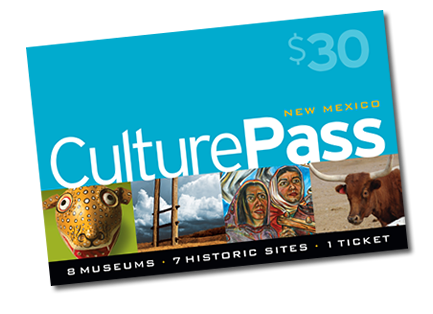

Encounter Culture
Take a look inside the museums and historic sites of New Mexico without leaving home. Join host Charlotte Jusinski, and a variety of guest curators, artists, and exhibitors in exploring the art and culture of the state in Encounter Culture, a new podcast from the New Mexico Department of Cultural Affairs.



Featured DCA Exhibitions
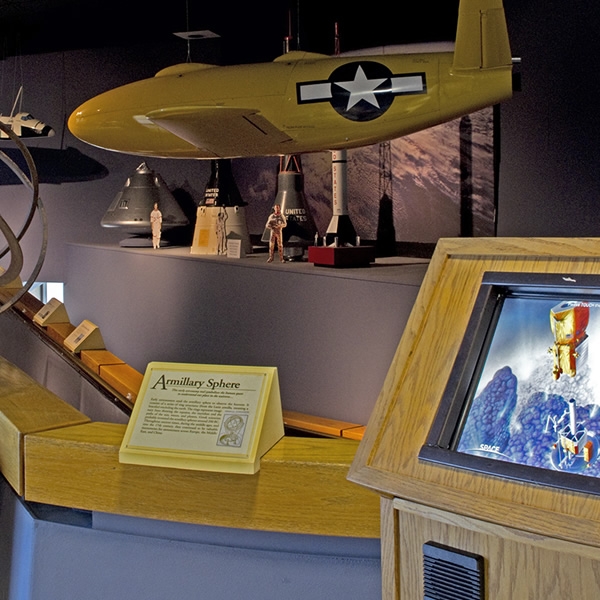
Icons of Exploration
Showcases some of the Museum’s most celebrated objects including a real "moon rock," rare replicas of the first
more »
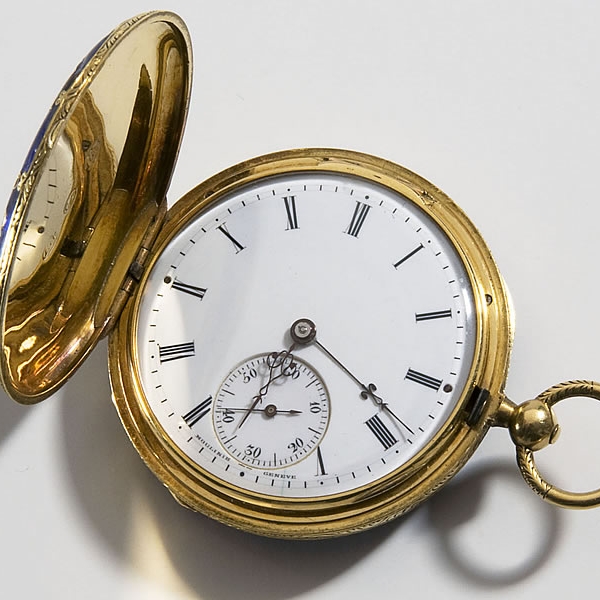
Telling New Mexico: Stories from Then and Now
Telling New Mexico: Stories from Then and Now sweeps across more than 500 years of history—from the state’s
more »
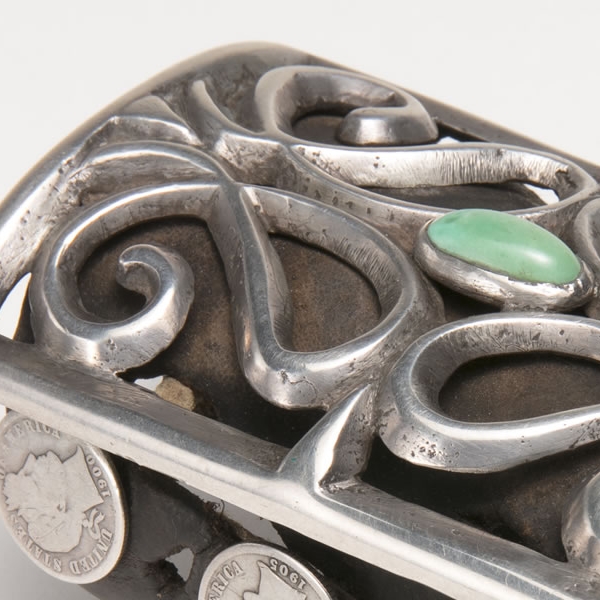
Here, Now and Always
The Museum of Indian Arts and Culture invites you to visit its brand new permanent exhibition, Here, Now and Always,
more »
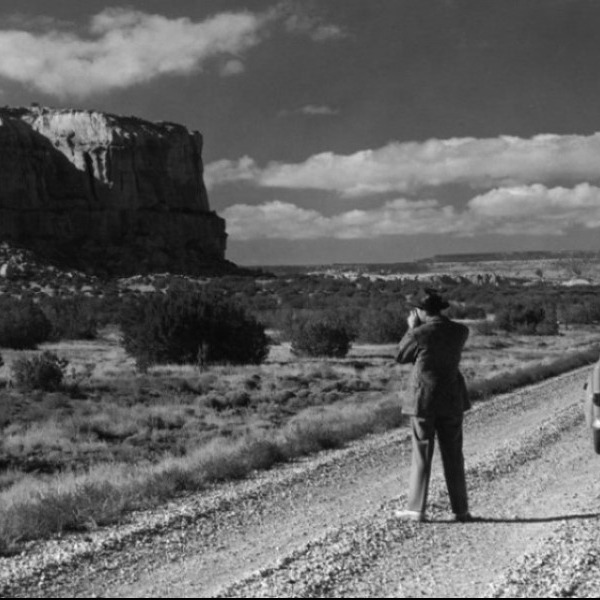
EnchantOrama! New Mexico Magazine Celebrates 100
The New Mexico History Museum, with support from New Mexico Magazine, proudly presents EnchantOrama! New Mexico
more »
